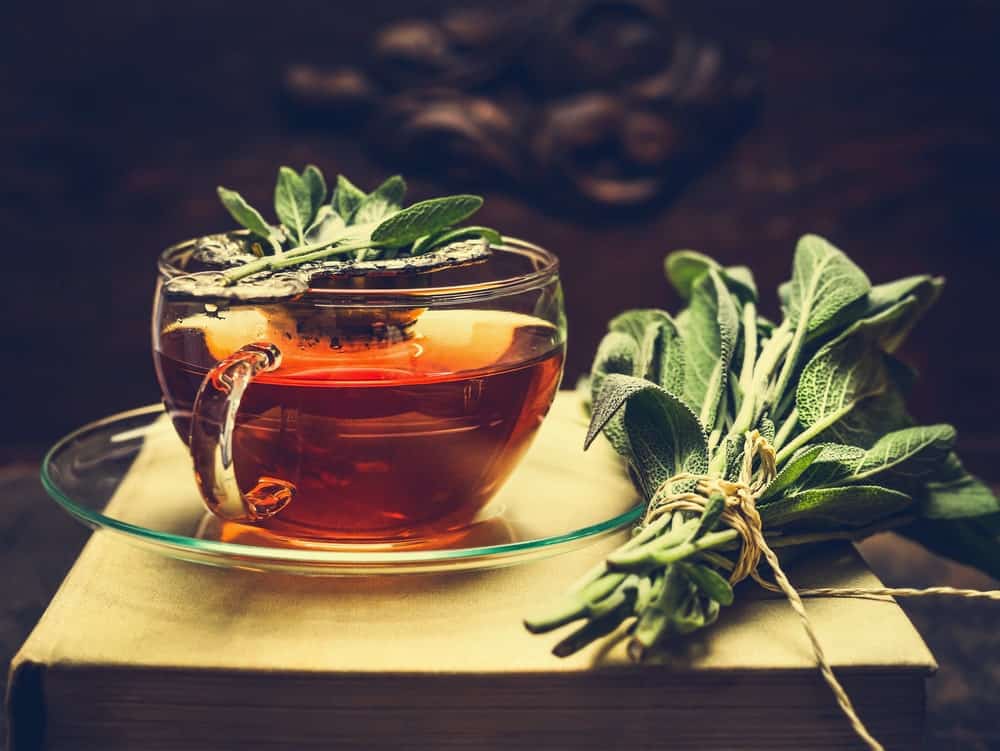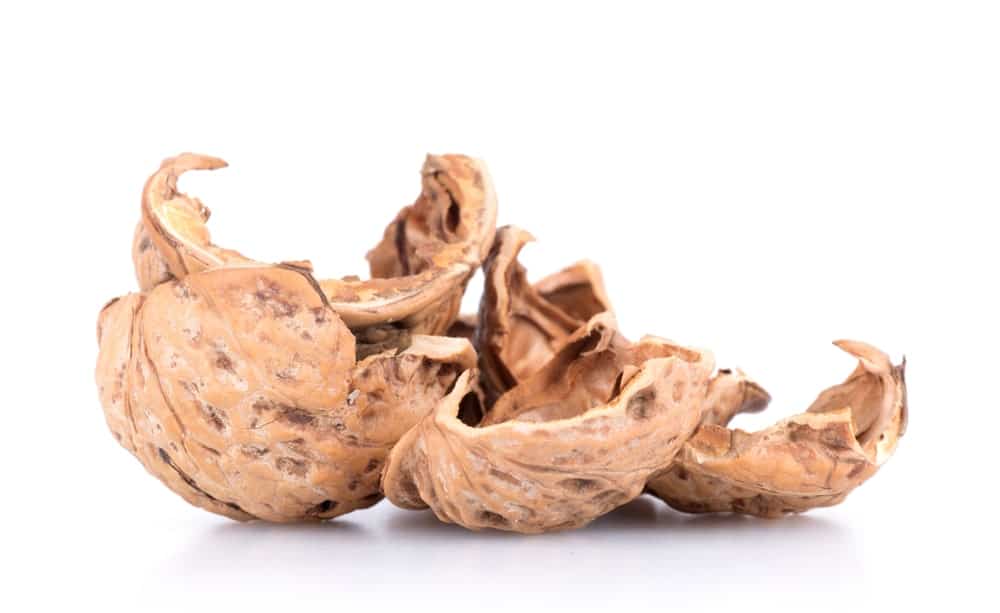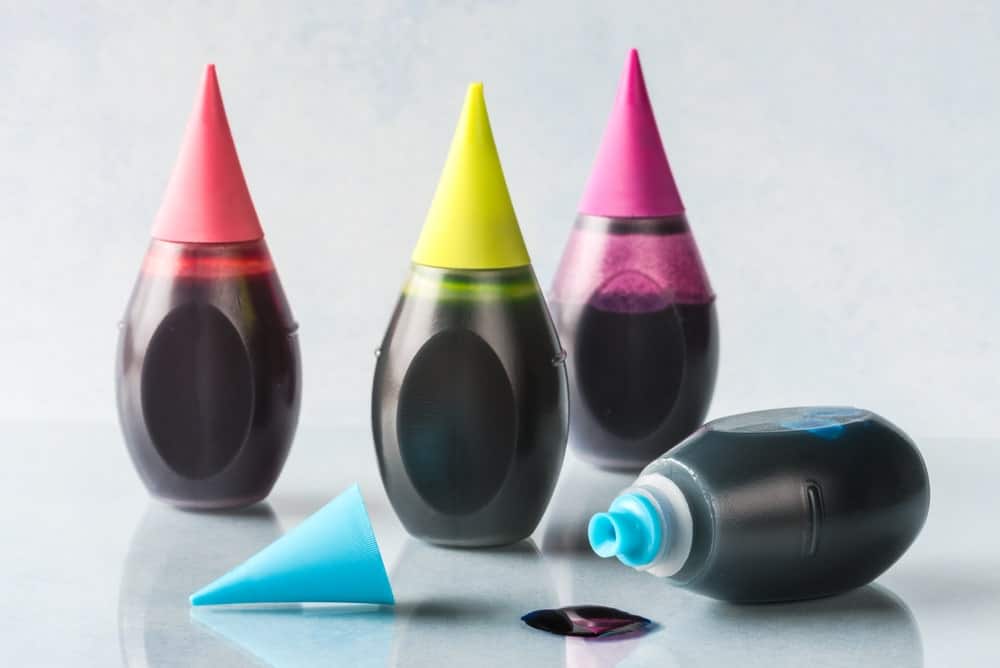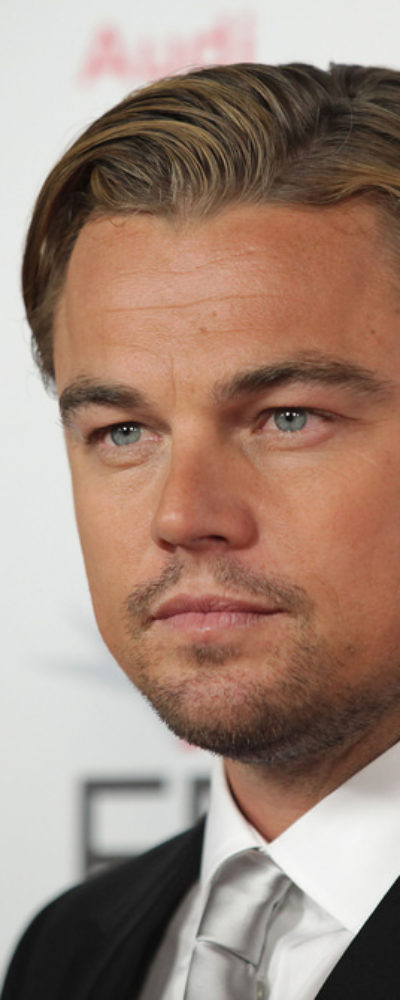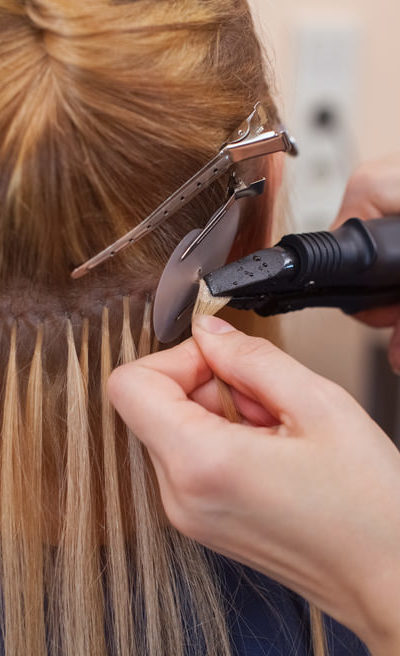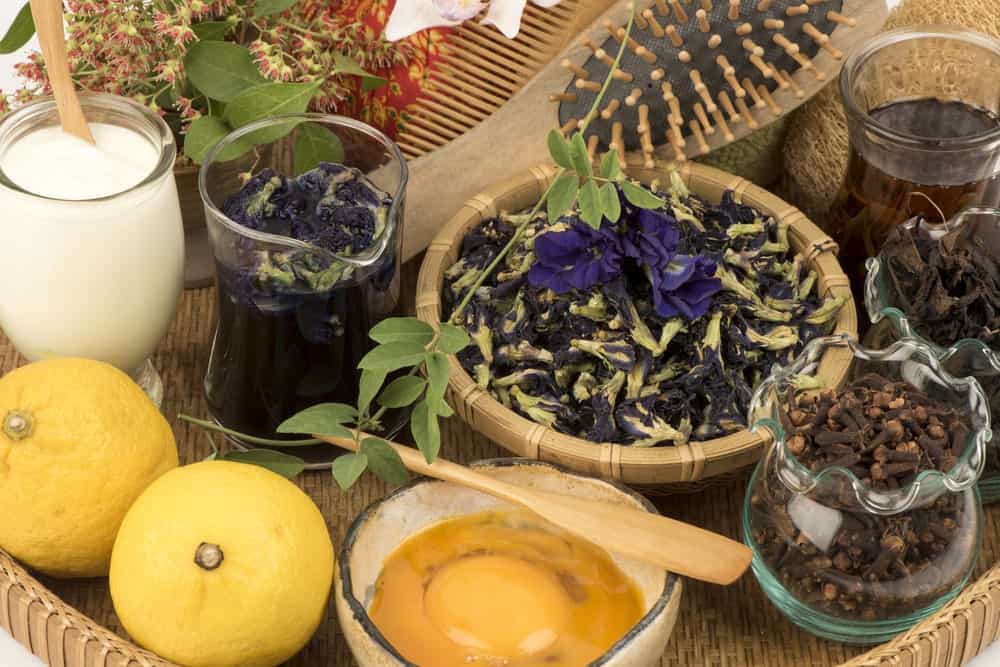
It’s amazing how you can get a new look just by changing your hair color. No wonder many people can’t resist getting their hair color-treated for some highlights or a totally cool ombre. Traditional hair dyes, however, are full of chemicals which can lead to toxic effects such as cancer.
Regularly dyeing your hair can also lead to hair damage and skin irritation. So why not ditch the toxic hair dye and go chemical-free with natural hair colors? Check out our list of chemical-free alternatives to hair dye below.
1. Carrot juice
One of the many healthy and natural alternatives to hair dye, carrot juice is an excellent way of giving one’s hair a reddish-orange tint for a few weeks. Not only will it tint the hair, but it can also give it some extra vitamin A and vitamin C that will prevent dandruff and make the hair grow healthier. Simply mix the juice with some coconut, olive, or avocado oil, apply the mixture to the hair, wrap the hair in a plastic bag, and let it set for 1 to 2 hours. Then rinse with apple cider vinegar and repeat the process the following day if the color is not that vibrant.
Pros
- Simple application
- Easy to find online or make at home
- Prevents dandruff
Cons
- Takes several hours
- Needs to be done biweekly or monthly to maintain color
Approximate cost: 10 to 50 dollars (Depends on if it is a dry mix, the size, and the seller)
2. Beet juice
An ideal way to add some cooler undertones and a deeper red tint, beet juice is another option if carrot juice doesn’t work well. This juice also creates more of a shine and gloss naturally to hair, and it moisturizes it too when combined with olive oil. The steps to prepare and apply the ‘dye’ are exactly the same as carrot juice, minus the apple cider vinegar.
Pros
- Easy to find in stores or online
- Shines and glosses hair
- Easy to prepare and apply
Cons
- Takes several hours
- Must be done biweekly or monthly to maintain color
Approximate cost: 10 to 50 dollars (Depends on if it is a dry mix, the size, and the seller)
3. Lemon juice
Lemons are a natural bleaching agent and a natural and safer alternative to bleach-made hair dyes. However, unlike the other methods, using lemon juice to lighten or bleach hair is completely permanent. Fill a small spray bottle with lemon juice and one to 3 tablespoons of olive oil. The oil is important because it will prevent the hair from drying out. Spray the mixture on the hair and comb through it to evenly spread it around. Leave the mixture in the hair for 1 to 2 hours before washing it out. For better results, sit in the sun while the mixture is in the hair. The process can be repeated several times a week until the desired tone is achieved.
Pros
- Natural bleaching or lightening method
- Permanent
- Simple and easy
Cons
- Takes several hours
- May need to be done over several days or weeks
Approximate cost: 2 to 40 dollars (Depends on the seller, the size, and number of bottles)
4. Coffee
Having the opposite effect of lemon juice, coffee is great for darkening hair a shade or more. Unlike the other alternatives, it doesn’t last long and is not a generally obvious change. However, it can hide gray hairs and roots for a few days, long enough to get to the hairdresser. This mixture is made by brewing a strong or dark coffee, mixing half a cup with 2 tablespoons of coffee grounds, and adding a cup of leave-in conditioner. It should be applied to clean, damp hair and allowed to set for 1 to 2 hours before rinsing.
Pros
- Natural and temporary root fix
- Easily found online or in stores
- Simple to prepare and apply
Cons
- Takes several hours
- Small change
Approximate cost: 5 to 30 dollars (Depends on the seller, size, type, and number of packages)
5. Sage
A more noticeable option for those who want to darken their hair, sage also is able to cover up gray hairs. Unlike other alternatives that require more time to set, using a sage mixture takes more time to prepare than to apply. Boil half a cup to one cup of dried sage in a quart of water for no less than 30 minutes. As it boils, you will notice the color steeping. Let the mixture cool before straining the herb out. Slowly pour the mixture over the clean and towel dried hair as long ass possible. Set for no less than 15 minutes before rinsing the hair.
Pros
- Deepens brunette or blonde hair
- Hides gray hairs
- Simple and easy
Cons
- Takes longer to prepare
- Is temporary
Approximate cost: 3 to 30 dollars (Depends on if it is organic, the size, and the seller)
6. Chamomile tea
Another drink that can affect hair color like coffee is chamomile tea, but instead of darkening it, the tea actually lightens hair. This method is more effective for those who are already blonde or have light shades. When using chamomile flowers and not tea bags, let half a cup of them steep in boiling water for half an hour or until it is cool. Strain the flowers and pour the mixture onto washed, towel-dried hair no less than 10 times. Wait around 15 minutes before rinsing the hair.
Pros
- Natural and safe method
- Simple and easy
- Takes less time
Cons
- Needs to be done weekly or bi-weekly
Approximate cost: 2 to 30 dollars (Depends on the seller, size, and number of bags in a package)
7. Walnut husk/husk powder
Like coffee, walnut husk or walnut husk powder can be used to darken hair, but it has been said to be more effective than coffee. Simply boil a few husks or powder with water, strain, let it cool, apply for 30 minutes, and then rinse thoroughly.
Pros
- Moisturizes
- Efficient and simple
Cons
- Needs to be maintained
Approximate cost: around 20 dollars (Depends on the seller and size)
8. Henna
Usually used to make temporary tattoos, henna is a plant-based dye that works well for those who want red hair or red tints. This method leaves more of a vibrant and natural looking color compared to the other alternatives, and it lasts for around 1 to 2 months. To prepare this ‘dye’, stir a quarter cup of water with half a cup of water. It will have the consistency of mashed potatoes.
Cover it and let it sit for about 12 hours before applying. The hair must be washed (without conditioner) damp, and be lined with a headband before applying olive, coconut, or avocado oil to the hairline. This will prevent the mixture from dying the skin. Apply the mixture, while wearing gloves, in small sections, and comb through it until it is completely covered. Cover the hair with a plastic bag and let it sit for 1 to 6 hours before rinsing it.
Pros
- Provides brighter color
- Lasts longer
- Natural and easy
Cons
- Longest alternative
Approximate cost: 2 to 20 dollars (Depends on the seller, the size, and if it is organic)
9. Food coloring
For people who want a more unnatural hair color like blue, green, purple, orange, bright red, and pink, food coloring is very simple and easy. It is not as effective on people with brown, black, or other dark hair colors and works well on those with light blonde hair. All that is needed is the food dye and a pair of rubber gloves, and some people use a conditioner with a base tone to moisturize and treat hair, but this can lighten the shade resulting in a faded color.
Using a few drops of food coloring, make a dilution with either a glass of water or a half a cup of conditioner, but use more food coloring when using food coloring. Then apply the mixture to the hair, cover with a plastic bag, let it sit for about half an hour to an hour, and then rinse with cold water. Repeat this every 2 to 4 weeks to maintain a vibrant hair color.
Pros
- Unnatural colors
- Cheap an easy
- Simple and quick
Cons
- Needs to be regularly maintained
Approximate cost: 2 to 20 dollars (Depends on the seller, size, and/or number of colors)





